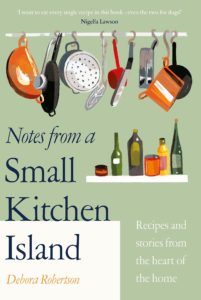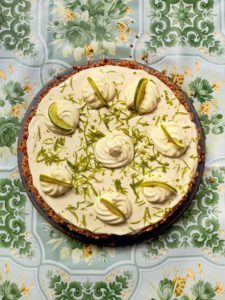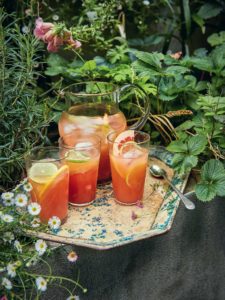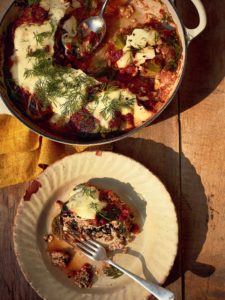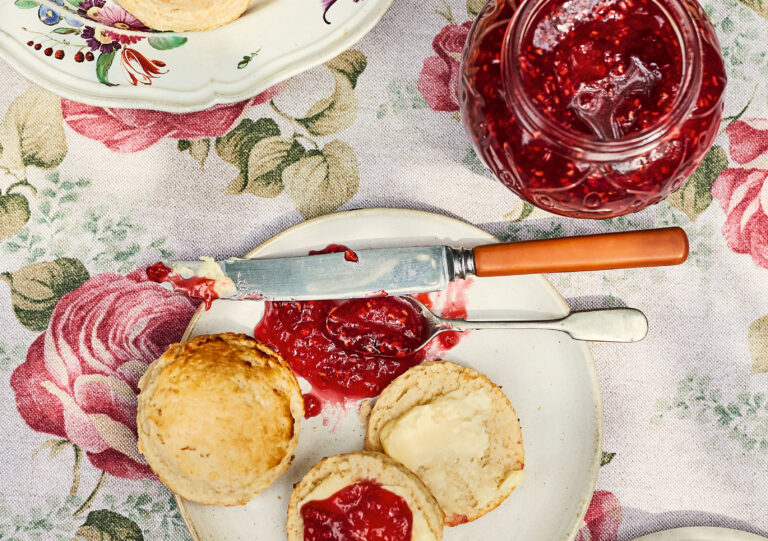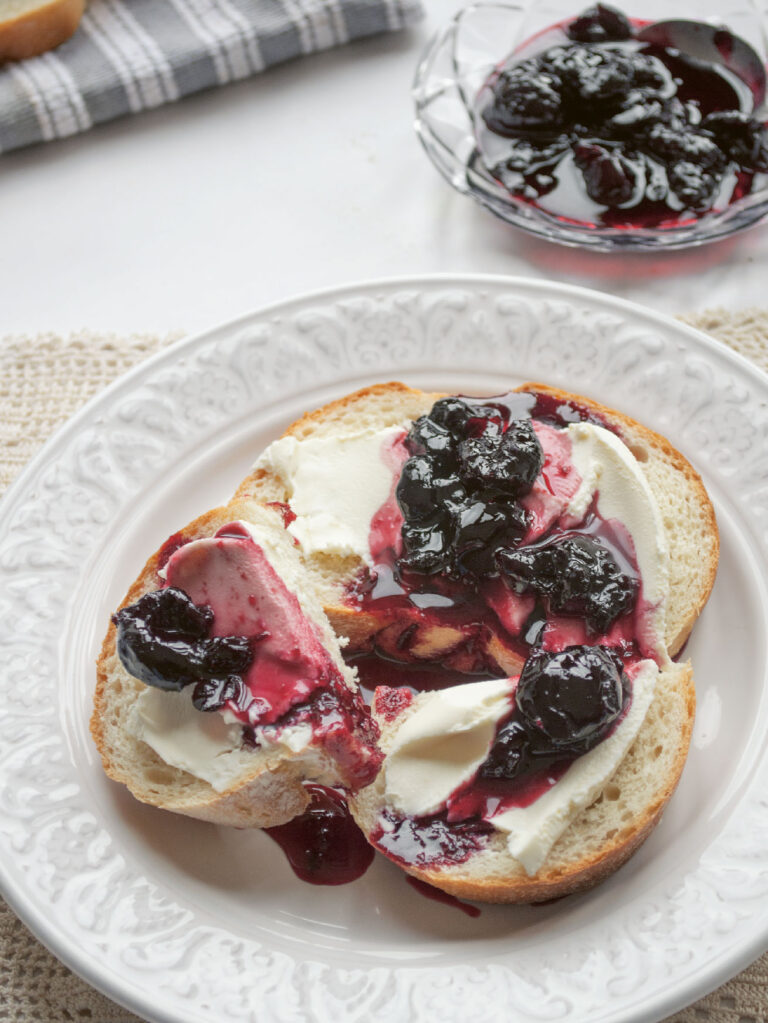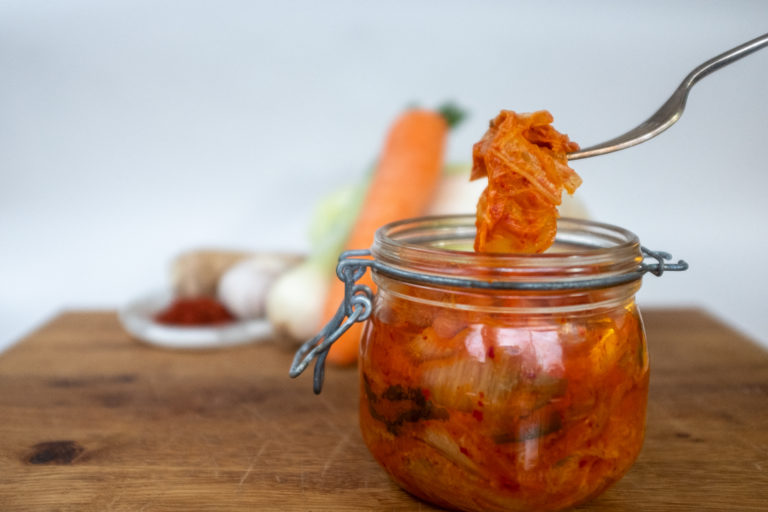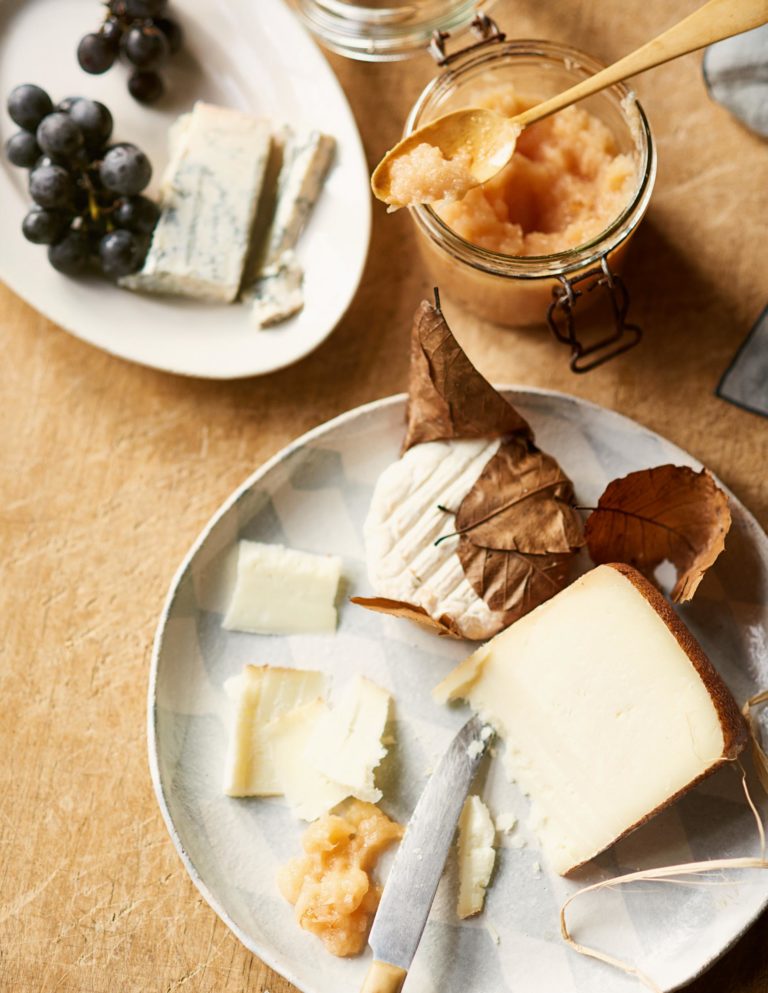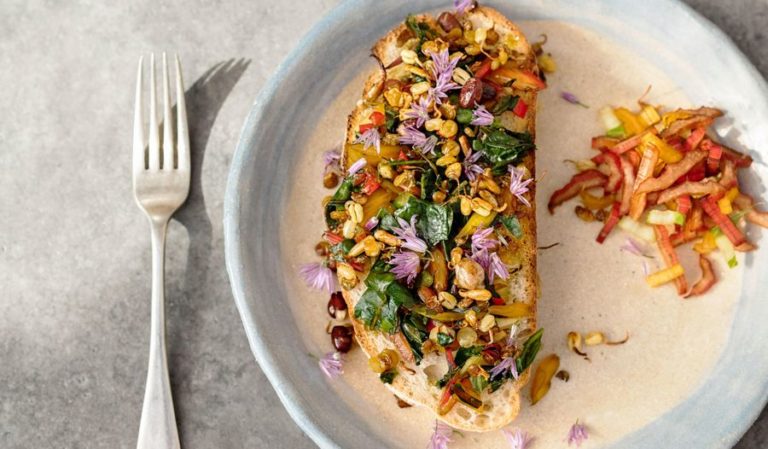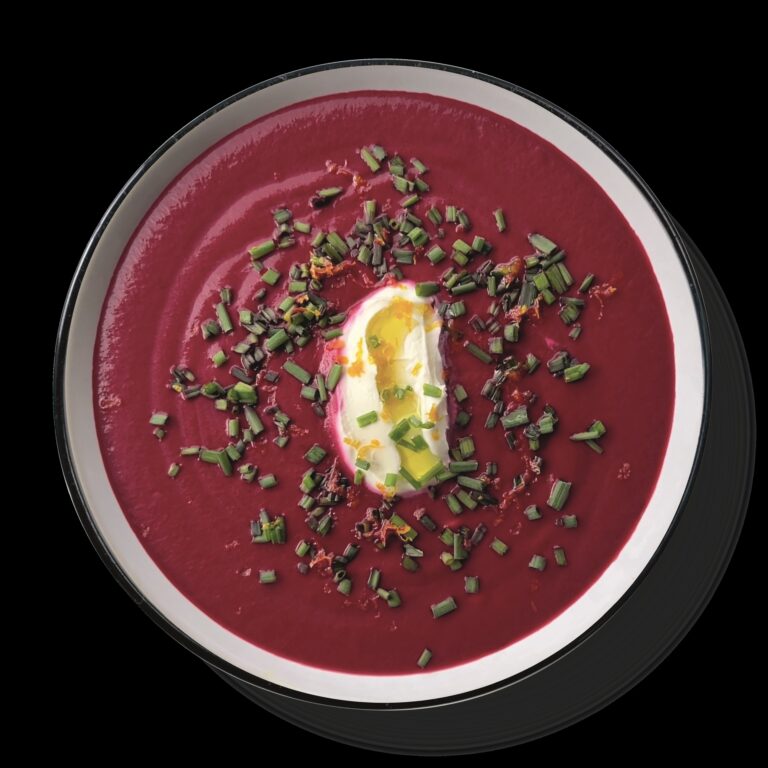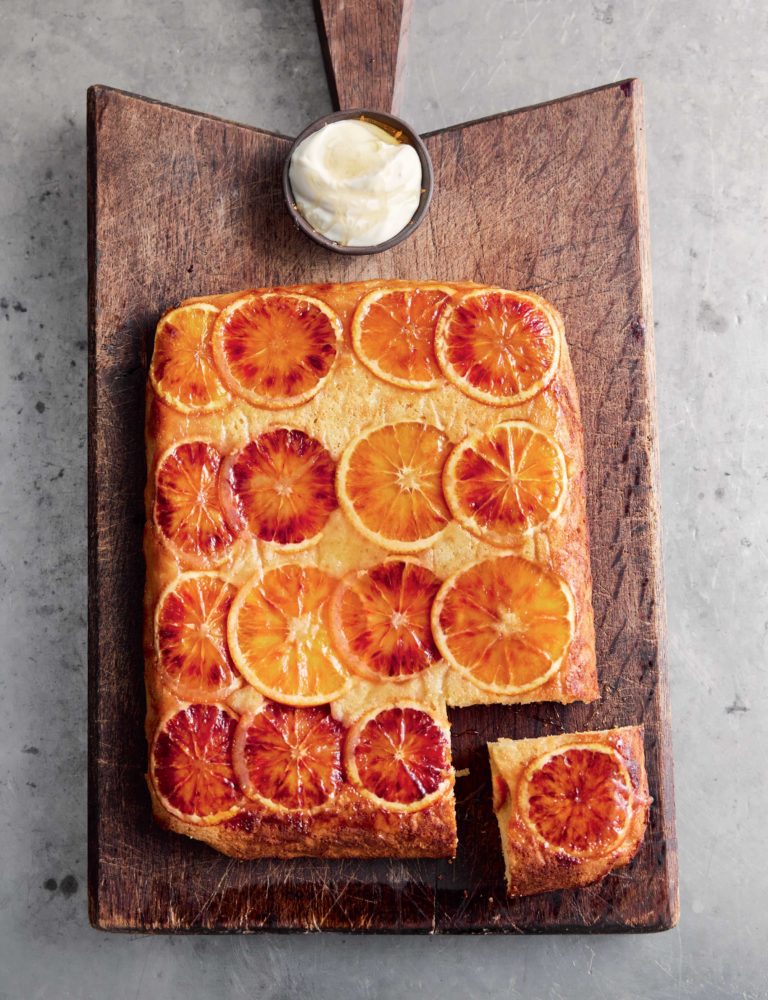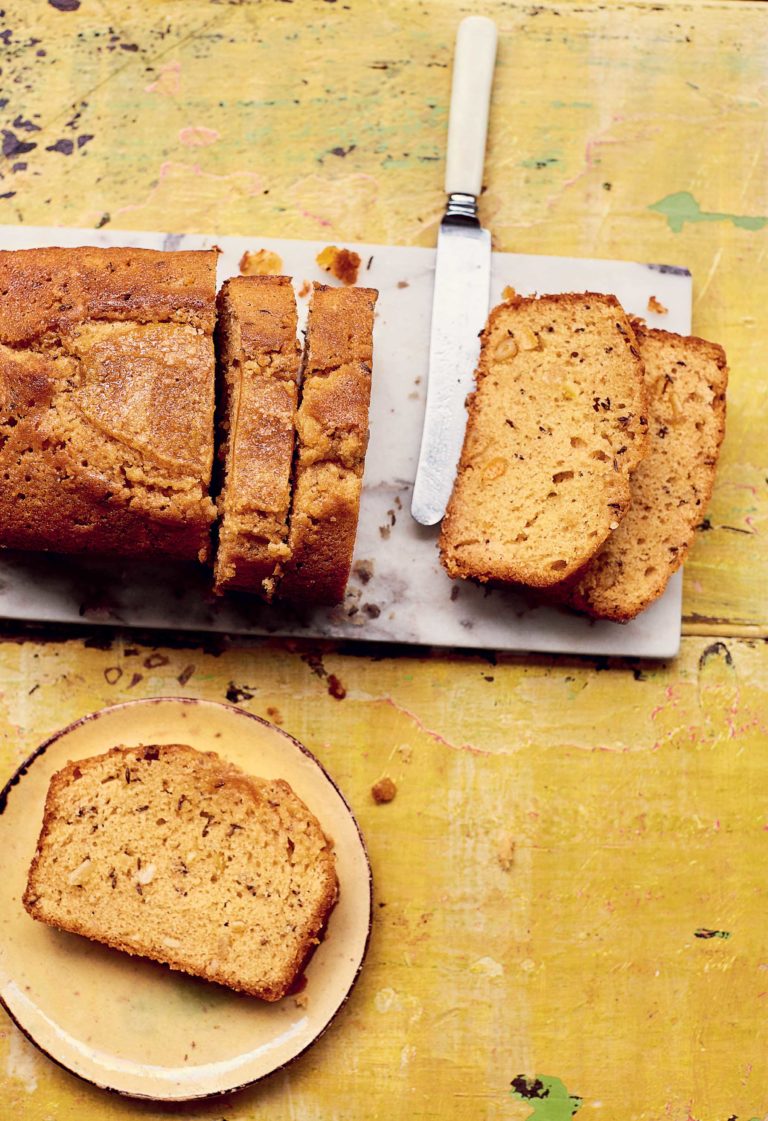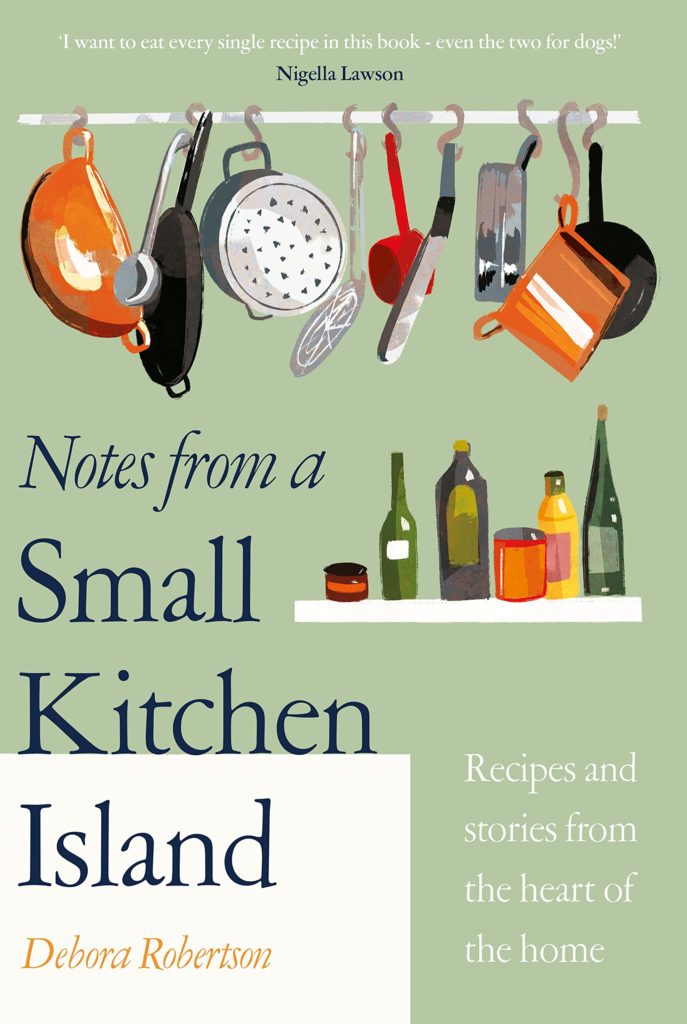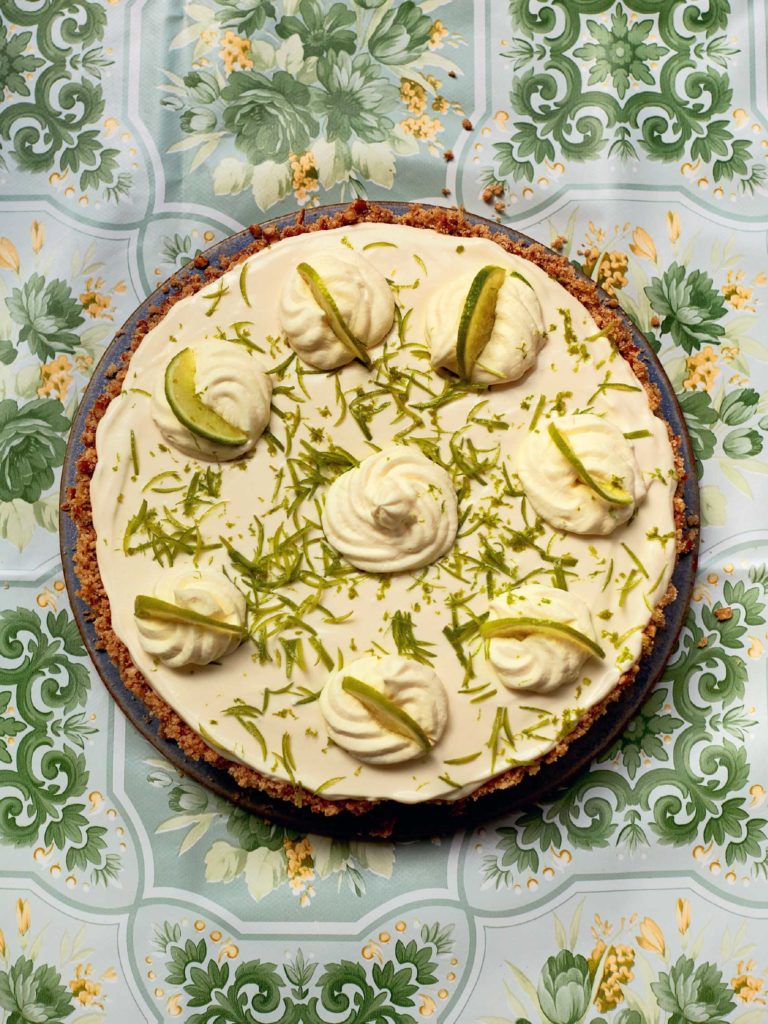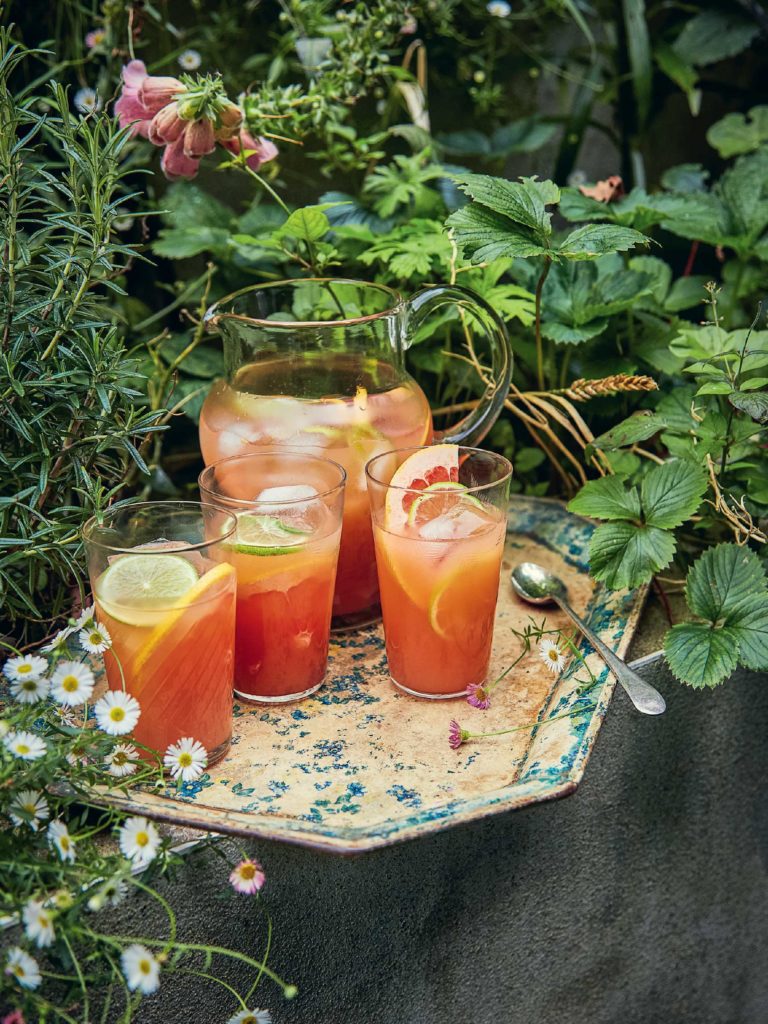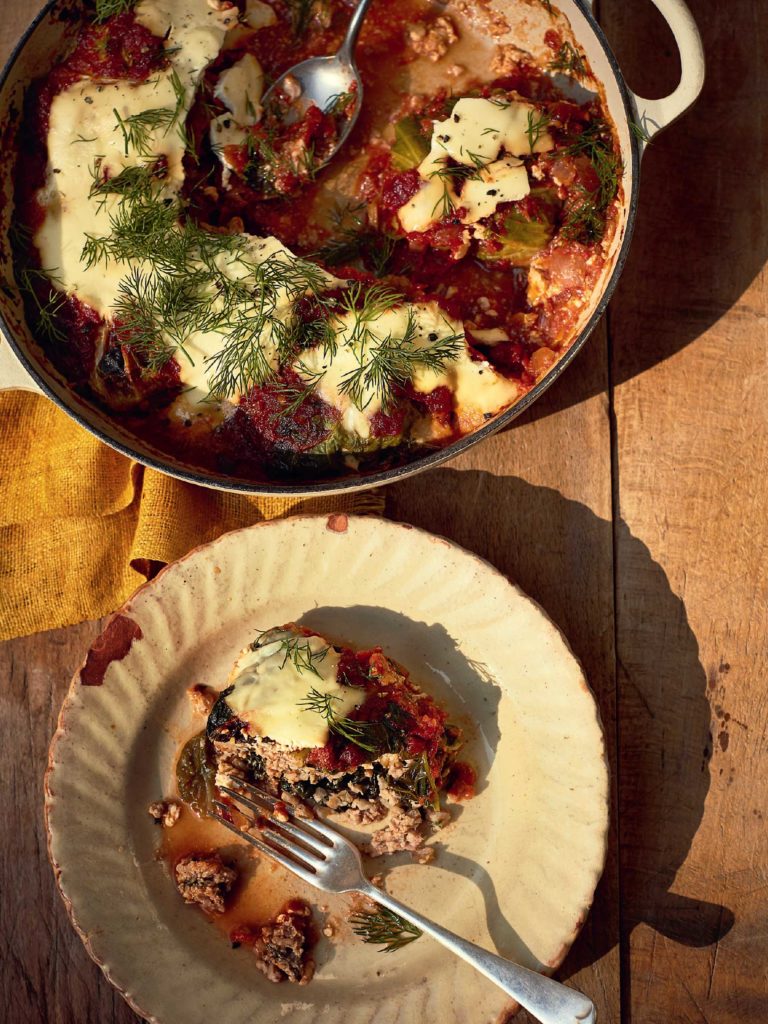Negroni Marmalade
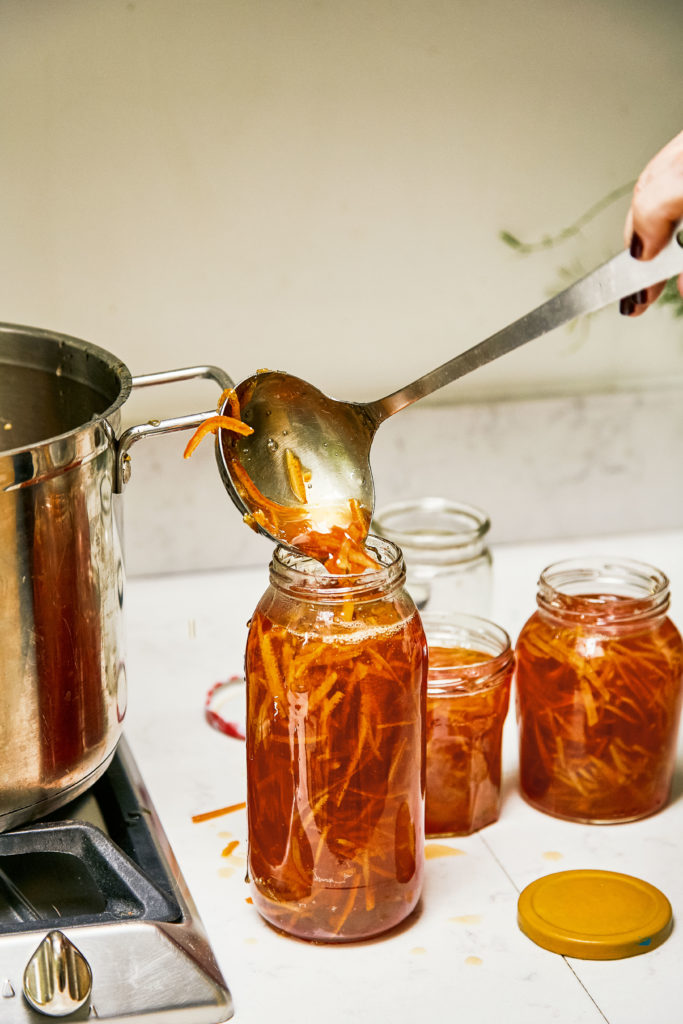
The flavours of a classic Negroni cocktail add a little something special to this marmalade recipe from Deborah Robertson.
From the book
Buy From
Introduction
The Negroni is my favourite winter cocktail, so it’s perhaps a tipsily logical development to pair it with that other hero of the cold months, marmalade. The bitterness of the alcohol is a good counterbalance to the sweetness of the blood oranges, which are less sharp than Sevilles. This works very well with Sevilles too – the resulting marmalade is more tart, but none the worse for that. You certainly know you’re awake.
Ingredients
| 1kg | unwaxed blood oranges |
| 2 | lemons – enough for 100ml juice |
| 1 tsp | salt |
| 2l | water |
| 1.5kg | granulated sugar |
| 30ml | Campari |
| 30ml | gin |
| 30ml | sweet red vermouth |
Essential kit
You will need: a 20cm square of muslin, a large heavy-bottomed stainless steel pan or preserving pan, and 9 sterilised jars.
Method
Wash the fruit well. Halve the oranges and lemons and juice them. Pour the juice into a large bowl, and put the pips from both the oranges and the lemons into a separate bowl. Pull the papery membranes from the juiced halves with your fingers. Scraping with a teaspoon sometimes helps – I have an old grapefruit spoon with a serrated edge which appeared from I know not where in our cutlery drawer and is enormously useful for all manner of things, apart from eating grapefruit. Put the membranes into the small bowl with the pips. Lay out a piece of muslin about 20cm square, tip in the pips and membranes, and tie up with kitchen string into a little pectin-rich bundle.
With a sharp knife, cut the orange peel into strips. I think thin strips work best with blood oranges, but this is entirely a matter of choice. Put the strips into the large bowl with the orange juice and lemon juice. Add the muslin bundle, the salt and the water, cover and leave overnight to soak, or for up to 24 hours.
When you’re ready to make the marmalade, transfer the mixture to a large, heavy-bottomed stainless steel pan or a preserving pan. Remove the muslin bag and squeeze it firmly over the pan so that as much pectin as possible goes back into the fruit. Bring to a simmer and cook for 1½–2 hours, until the peel is very soft and pulls apart easily. Once you add the sugar, it won’t get any softer so it is important not to be too hasty at this stage.
Sterilize your jars, jug, ladle and jam funnel and put some saucers into the freezer to chill.
Begin to add the sugar to the pan, about a quarter at a time, stirring until each addition is dissolved before adding more. Increase the heat, bring to a rolling boil, and boil for about 12–15 minutes until it reaches a setting point. A little of the marmalade dropped on to a chilled saucer and left for a minute should wrinkle when pushed with a finger.
Remove the pan from the heat and leave to cool for 5 minutes. Add the Campari, gin and vermouth and stir. Ladle the marmalade into the jug and pour it into the hot jars, or just use a jam funnel if you have one, and a ladle. Fill to the brim and immediately seal with the lids. Turn the jars upside down for a minute – this helps to ensure a good seal – then turn them the right way up and leave to cool. When you label the jars, make sure you include the date. The marmalade will keep in a cool, dry, dark cupboard for a couple of years.
Reviews
1 Ratings
Have you tried this recipe? Let us know how it went by leaving a comment below.
Thank you for your rating. Our team will get back to any queries as soon as possible.
Please note: Moderation is enabled and may delay your comment being posted. There is no need to resubmit your comment. By posting a comment you are agreeing to the website Terms of Use.
